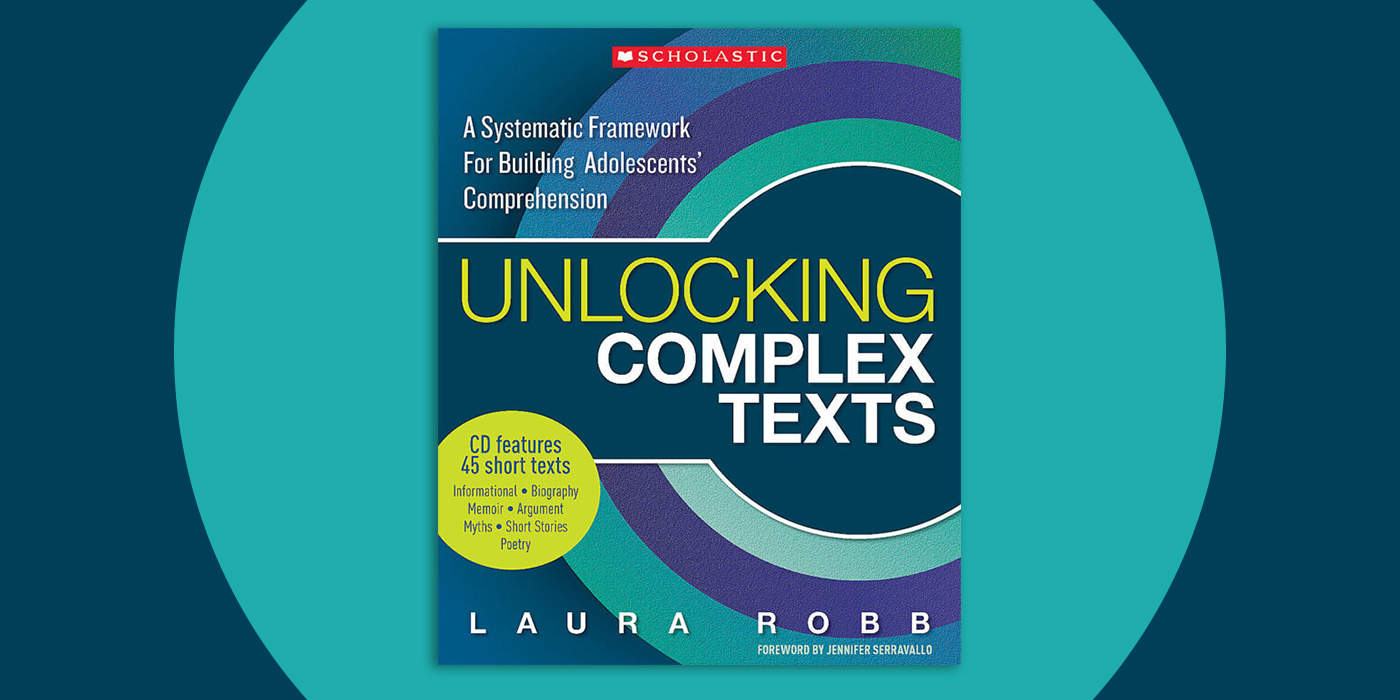5 Student Practices to Develop a Meaningful Personal Reading Life and Boost Comprehension
To help students to continually improve their reading skills, it is important to differentiate instruction and target support and interventions to their areas of need. But equally important is that they read a wide range of materials independently. This is the most effective way students can sufficiently develop their background knowledge, vocabulary, and comprehension skills to become college- and career-ready.
Providing students with access to books and opportunities to read self-selected books daily is also crucial to helping them develop a meaningful personal reading life. Students need well-stocked classroom libraries and school libraries with rich and varied collections, staffed by a certified school librarian who can order books, advise teachers, and help students find engaging reading materials.
As you foster the independent reading lives of your students, encourage them to stop and think about their reading, something many readers, especially developing ones, might not do. Using a read-aloud text, show students how you stop and think, as this will build their mental model of the process. It's impossible for you to monitor every independent reading book a student completes; that's not the purpose of independent reading. However, to strengthen students' reading skills, you can put in place several routines that build reflection, highlight students' thinking, and advertise books to peers.
In my book, Unlocking Complex Texts: A Systematic Framework for Building Adolescents’ Comprehension, I recommend incorporating these 5 student practices into your reading program to foster a love of independent reading among your students and boost comprehension:
- Self-selecting books for independent reading motivates students to read
- Entering completed or abandoned books on a reading log
- Presenting one book talk a month
- Writing a book review two or three times a year
- Discussing a book with a partner and documenting the conversation
In addition, I recommend that three or four times a year you confer with each student about his or her independent reading. Encouraging a “stop to think” pattern in students can lead to their being self-reflective about their reading. Since reading is social, set aside time for partners to have book discussions. You may also consider establishing voluntary monthly lunchtime book clubs, which I’ve found are a great way for students to eat together, discuss books, and still have some time to go outside and play.
To learn more about Unlocking Complex Texts: A Systematic Framework for Building Adolescents’ Comprehension, you can purchase the book here.
About the author:
Laura Robb is a master teacher, consultant, and sought-after speaker. She taught grades 4–8 for 43 years and currently coaches grades K–10 teachers in Virginia and New York. The author of many best-selling books for teachers, she has also developed several classroom libraries for Scholastic. Learn more about Laura Robb and her work at lrobb.com.
